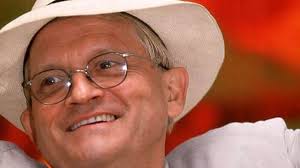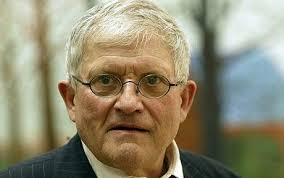
1937
David Hockney
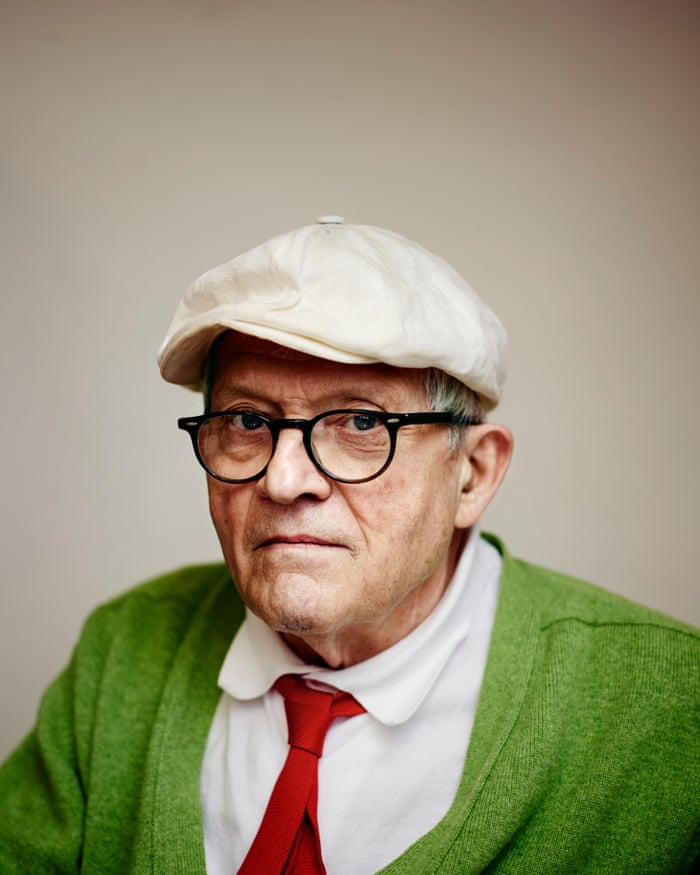
description
David Hockney is a contemporary English and American artist, an author of famous paintings in the style of pop art with images of sparkling blue pools, attracting the viewer with their coolness in the middle of a hot afternoon. His paintings, smooth and shiny like magazine pages, mesmerize you by their simplicity, clarity and plenty of sunlight.
After moving from England to California, the artist became interested in photography. The original technique of shooting with the subsequent overlay of frames allows Hockney to create unusual collages that no one had done before him – these are half-photographs, half-paintings.
A constant admirer of Cubism, the artist creates works with a renewed perspective, combining several images into a single whole. His innovative approach to the collage method made the artist a recognized master of photography at the end of the 20th century.
Being one of the most influential and expensive artists of our time, David Hockney is constantly inventing new techniques and experimenting with various styles. Since 2009, the artist has surprised the public with computer paintings created using an application on a regular tablet. Hockney’s work, like his bright personality, is of constant interest in society, which expects discoveries and bold challenges from the ageless artist.
Key ideas:
– In his work, David Hockney uses a wide range of sources and styles, ranging from Baroque and Cubism to Pop art and computer graphics. Hockney uses any methods and materials that he considers suitable for the implementation of his goal.
– The artist creates pictures by drawing from photos or simply pasting “polaroid” pictures onto the canvas; his last works are drawings in a popular application on his tablet.
– David Hockney defiantly refuses all existing laws of painting. He denies the stereotyped perspective and black-and-white modeling; human bodies on his canvases have non-standard proportions, and the riot of colours is in no way associated with the standard concept of harmony of colour solutions. This is how the artist invariably proves the simple truth that creativity has no boundaries and frames and can be created in any way.
– In the 1960s, David Hockney, together with other Pop art artists, contributed to the revival of figurative art, which was almost completely replaced by abstract art movements. Painting pools, houses and people in everyday situations made art more understandable and intimate for viewers who were happy to buy the artist’s works.
– David Hockney used bright, expressive colours in his painting. Bright red, pale blue, saturated green – these shades reflect the open nature of the artist, who does not hide his original orientation and loves to enjoy life in all its forms.
1937
1959
1963
1964
1973
1974
1979
1982
1990
2001
2009
2012
David Hockney was born in a British town
Enrolled at the Royal College of Art in London
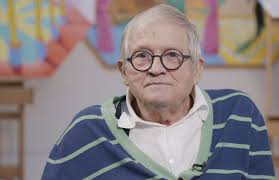
The first solo exhibition
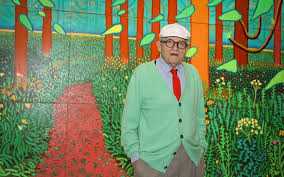
Hockney moved to the United States
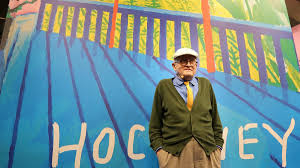
Moved to Paris
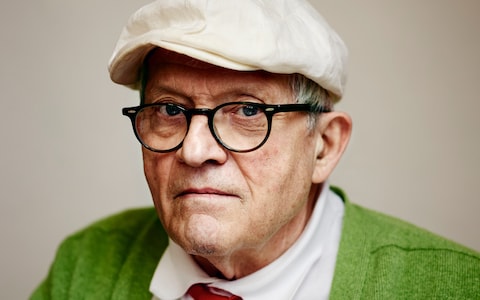
The large retrospective exhibition
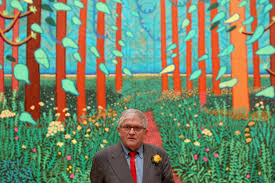
Hockney supported the creation of the Museum of Modern Art in Los Angeles
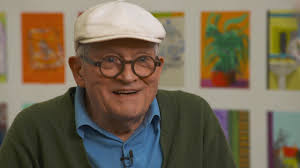
"David Hockney Photographer"
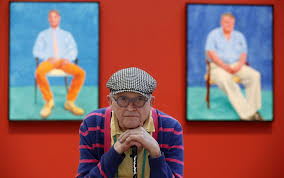
The artist's paintings were mainly landscapes depicting the nature of Great Britain
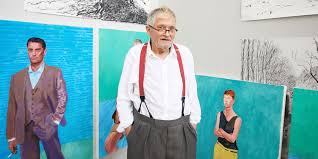
“The Secret Knowledge”
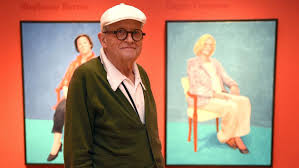
He mastered the application “Brush”
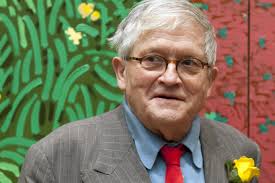
David Hockney returned to California
